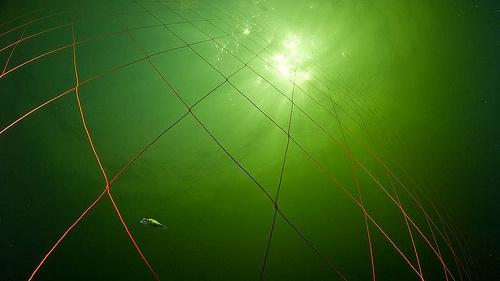Ecosystem Effects of Fisheries

Fishing impacts mainly commercially important fish stocks, but also benthic invertebrate and fish communities, marine mammals, seabirds and the abiotic environment.
Commercially targeted species are affected by selective removal that decreases their density and biomass. Fishing also removes large individuals, increasing the survival and growth of smaller fish in the population. This in turn affects also other, non-commercial, species by altering the ecological relationship between prey and predators.
Bottom contacting towed gear have an impact on marine biota in several ways: they impact biogenic reefs, alter the relative abundance of species and change the structure and ecology of the seabed and its biota. There are only a few studies available in the Baltic region on bottom trawling impacts on the marine ecosystem. It has been documented that bottom trawling may cause damage to several species of thin-shelled bivalves and starfish, whereas bivalves with solid shells or even the more fragile Baltic clam (Macoma baltica) suffer little or survive well (Rumohr and Krost 1991).
References
Rumohr H. and Krost P. 1991: Experimental evidence of damage to benthos by bottom trawling, with special reference to Arctica islandica. — Helgoländer Meeresuntersuchungen 33: 340–345.
